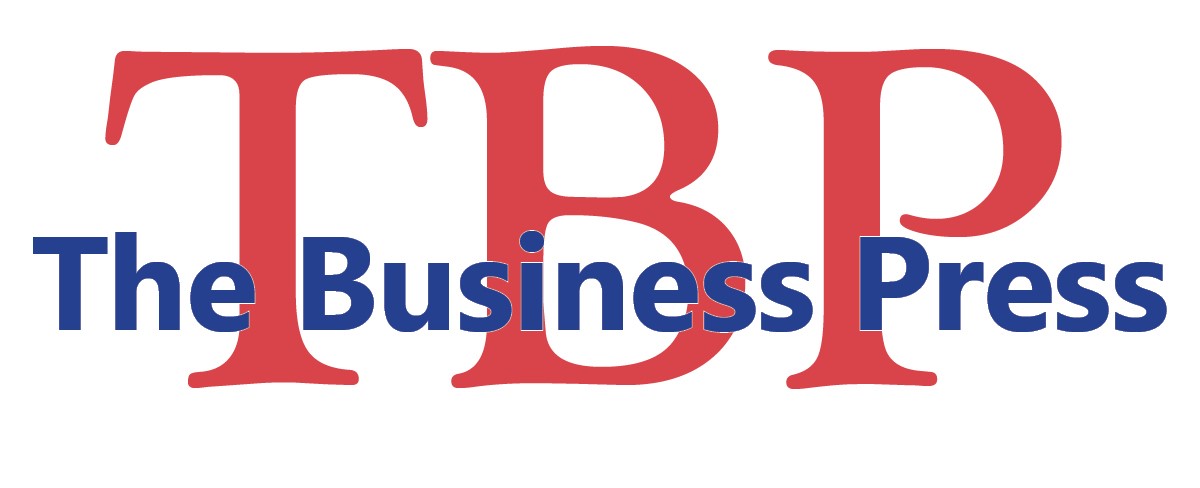A. Lee Graham lgraham@bizpress.net
Motorists frustrated by detours, traffic cones and construction debris, take heart; the Chisholm Trail Parkway is nearing completion. “I promise you a light at the end of the tunnel is coming,” said Elizabeth Mow, assistant executive director of infrastructure with the North Texas Tollway Authority.
Providing an update at the Tarrant Regional Transportation Coalition’s Sept. 4 monthly meeting, Mow said the mammoth toll road should reach completion by “late, late spring” 2014. “There is a lot of work going on on this 28 miles of roadway,” Mow said. When it opens, the 27.6 mile, $1.4 billion toll road promises swift passage between Interstate 30 near downtown Fort Worth and U.S. 67 in Cleburne. Though construction began in November 2011, it may seem much longer for motorists navigating multiple construction zones, detours and lane closures. The portion near downtown Fort Worth has seen its share of activity, with Interstate 30 exit and access roads and portions of University Drive and Forest Park Boulevard affected as the project rerouted traffic. “Structures are taking shape at that location,” Mow said of the elevated support platforms and concrete beams in and around the area. “You can really see where the main lanes will be.”
Meanwhile construction continues. Motorists in southwest Fort Worth can expect more headaches beginning later this month when construction periodically closes Interstate 20 between Bryant Irvin Road and Hulen Street overnight from Sept. 19 through spring. Beginning Sept. 17, the eastbound Hulen Street exit and approaching right lane of I-20 will close for several weeks, according to a project newsletter. It recommends that motorists exit at Bryant Irvin and take the frontage road to Hulen. When the parkway opens for business, motorists will have to dig into their pockets to travel the north-south corridor. “It will be electronic tolling, so no toll booths,” Mow said.
Retiring D/FW Airport CEO Jeff Fegan feted Also at the meeting, Jeff Fegan received a fond farewell as the newly retired CEO of the Dallas/Fort Worth International Airport board. “When we first started planning TEX Rail, we talked to Jeff and he was among the first community leaders in the area that recognized the importance of TEX Rail for the airport and Fort Worth,” said Dick Ruddell, president of the Fort Worth Transportation Authority, or The T.
TEX Rail is the 37-mile commuter rail planned to run from southwest Fort Worth to Grapevine and the north end of D/FW Airport. Kenneth Barr also lauded Fegan. Barr, NTTA chairman and a former Fort Worth mayor, remembered serving on the transportation committee for the U.S. Conference of Mayors when the 9/11 terrorist attacks struck. “That’s when I think I really realized how well D/FW [Airport] was being run,” Barr said. “We were ahead of the curve at D/FW, and Jeff and his team really get the credit for that,” said Barr, referring to programs that the airport had in place that he said other major airports nationwide did not. Fegan recalled joining the airport in 1984 as chief planner. “It’s been a fantastic time, a fantastic career,” Fegan said. “The airport today is so much different than it was when I arrived in my U-Haul full of graffiti from New York as I pulled into Haltom City,” he said.
Since then, Fegan ascended the ranks. He was named director of planning and engineering in 1989 and CEO in 1994. As CEO, Fegan helped develop the airport’s master plan, capital improvement plan, noise compatibility program and the $2.3 billion Terminal Renewal Improvement Program. Recent months have seen Qantas, Virgin and Emirates carriers start service at the airport, expanding its nonstop destinations to more than 200 cities worldwide. “So the airport will be in a very, very good position for the next generation,” Fegan said.





